There’s a lot of emphasis — well-placed, of course — on preventing and treating tooth decay. But there’s another dental disease just as dangerous to your oral health and nearly half of U.S. adults have it. It’s actually a group of diseases known collectively as periodontal (gum) disease.
Gum disease is similar to tooth decay in one respect: they’re both triggered by bacteria. These microorganisms thrive in a thin film of food particles called plaque that collects on tooth surfaces.
Certain bacteria can infect gum tissues and trigger inflammation, a response from the body’s immune system to fight it. As the battle rages, bone loss can occur and the gums weaken and begin to detach from the teeth. Without treatment, you could eventually lose affected teeth.
Like tooth decay, the best approach with gum disease is to prevent it, and by using the same techniques of daily brushing and flossing. These actions loosen and remove plaque built up since your last brushing. It’s also important you visit us at least twice a year for cleanings that remove hard to reach plaque and calculus (hardened plaque deposits).
If despite your best efforts you do contract gum disease, the sooner you see us for treatment the lower the long-term impact on your health. The treatment aim is the same as your daily hygiene: to remove plaque and calculus. We use specialized hand instruments or ultrasound equipment to mechanically remove plaque; more advanced cases may require the skills of a periodontist who specializes in caring for structures like the gums that support teeth.
So, defend yourself against gum disease by brushing and flossing daily, and visiting us regularly for dental cleanings and checkups. If you notice bleeding, swollen or painful gums, see us as soon as possible for diagnosis and treatment. Don’t let tooth decay’s evil twin ruin your oral health or your smile.
If you would like more information on the prevention and treatment of gum disease, please contact us or schedule an appointment for a consultation. You can also learn more about this topic by reading the Dear Doctor magazine article “When to See a Periodontist.”



